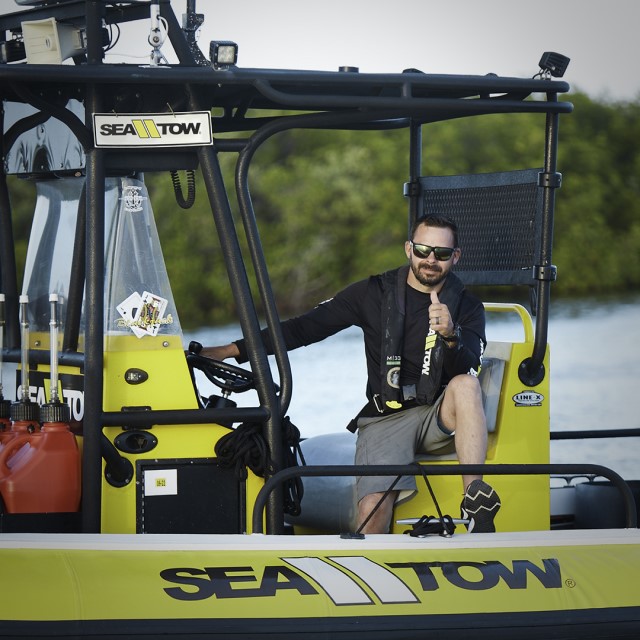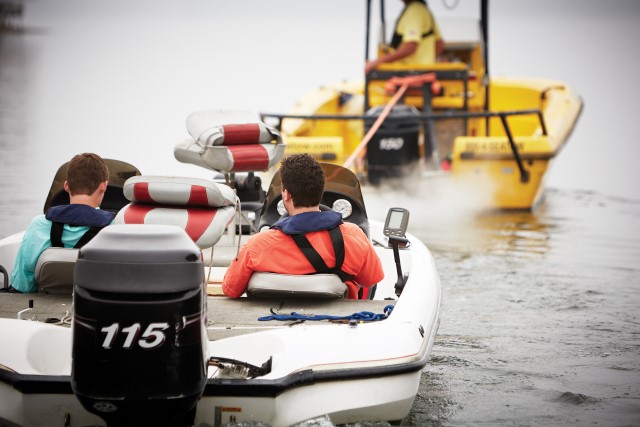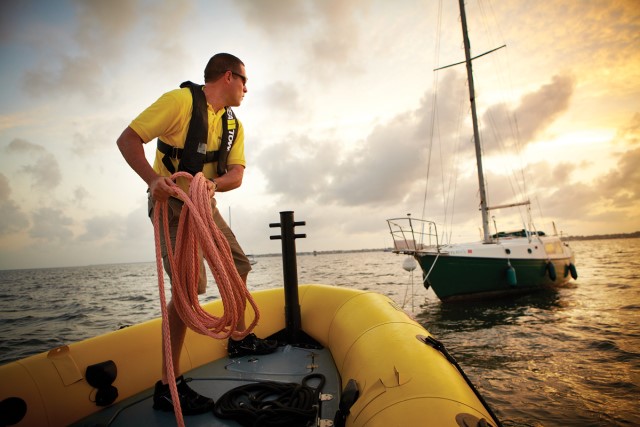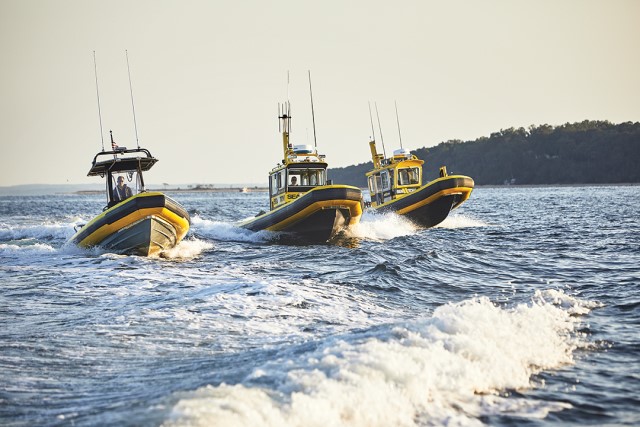Sea Tow Shares Tips on Protecting Boats as Peak Hurricane Season Arrives
Protective Boating
Sea Tow, the nation’s leading on-water marine assistance provider, urges boaters to prepare for the 2022 peak Atlantic hurricane season.

After an active 2021 Atlantic hurricane season, forecasters at the National Oceanic and Atmospheric Administration (NOAA) Climate Prediction Center, a division of the National Weather Service, predict above-average hurricane activity for 2022’s peak season. NOAA is forecasting a likely range of 14 to 21 named storms (winds of 39 mph or higher), of which 6 to 10 have the potential to become hurricanes (winds of 74 mph or higher), including 3 to 6 major hurricanes (category 3, 4 or 5; with winds of 111 mph or higher). NOAA provides these ranges with a 70% confidence.

“Sea Tow is committed to the safety and wellbeing of its members and their vessels. As peak hurricane season is upon us, the potential impact of these storms is unpredictable,” said Sea Tow CEO, Joseph Frohnhoefer III. “We urge boaters to be prepared and know what steps need to be taken if a storm were to make landfall in their area, and that our team of knowledgeable and experienced captains are available to help.”
In an effort to prepare for peak hurricane season, the following is a list of boating tips to consider before, during and after a hurricane.

Before a Storm
Check marine insurance and marina policies carefully for storm information. Boat owners should speak with their insurance agent and marina contact to understand all procedures and requirements during a storm situation.
Make a video inventory of all property onboard and place legal documents such as policies, licenses, and registration in a secure, dry place away from the vessel.
Learn the difference between a hurricane watch and warning and the area’s evacuation rules and instructions.
Be knowledgeable of the storm surge history and the area’s elevation.
When a storm is impending, consider where the boat will ride out the storm. Boaters who plan to relocate their vessel should make a plan ahead of time. Insurance companies may require owners to haul out the boat or store in a specific location. Be sure to check the policy.
Move boats on trailers close to a house, weigh them down, and lash securely to anchor the trailer.
If the boat must stay in the water, secure it to the dock with longer, thicker lines and use lines that are protected against chaffing so that they will hold up to the swinging and swaying that is often caused by storms.
During a Storm
Frequently monitor radio, TV, NOAA Weather Radio, and/or hurricane hotline telephone numbers for official bulletins of the storm’s progress.
Once the boat is secured, leave it, and don’t return until there is an official announcement that the storm has passed, or the marina is open.

After a Storm
Inspect the boat carefully before re-entry into the water and look for any structural damage outside or damage to the lashings or riggings placed pre-storm.
If the boat is affected by the storm, know that Sea Tow is available to assist with the recovery process.
“If your boat is affected by a storm, Sea Tow has the experience and expertise to safely recover your property and prevent any further damage. It’s important to ensure you’re working with licensed and insured companies that do this every day and are built to respond,” continued Frohnhoefer.
COMPANY DETAILS |

|
|
Company |
Seat Tow |
|
Website |
|
|
Connect |
   
|
|
|
|
|
Contact |
|
|
Phone |
(800) 4-SEATOW |
ABOUT Seat Tow®
Without a Sea Tow membership card, you don’t have Sea Tow. And our membership benefits go far beyond what any insurance policy with boat towing coverage can provide. For starters, Sea Tow has boats on the water to service you with 24/7 dispatch.

